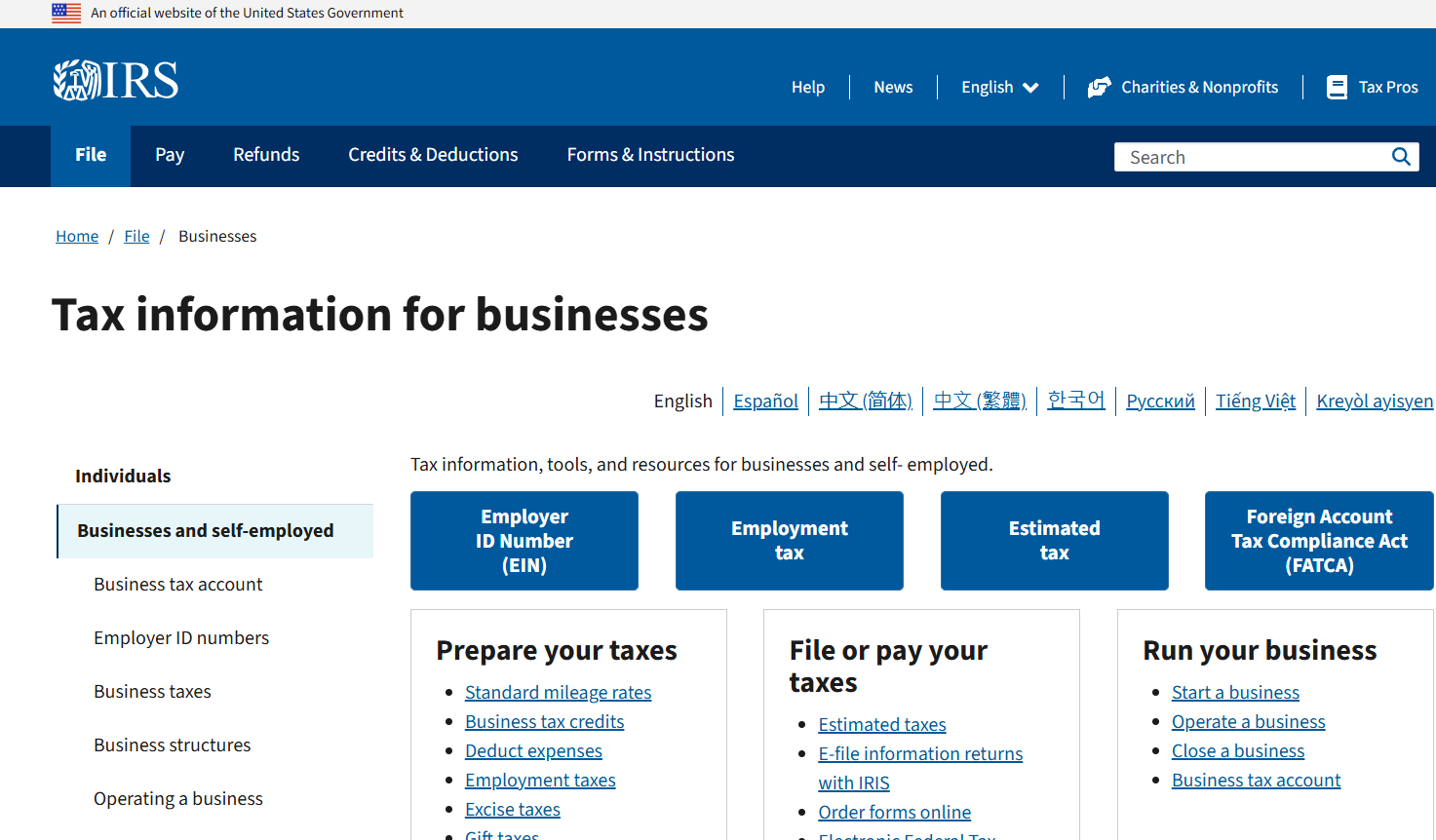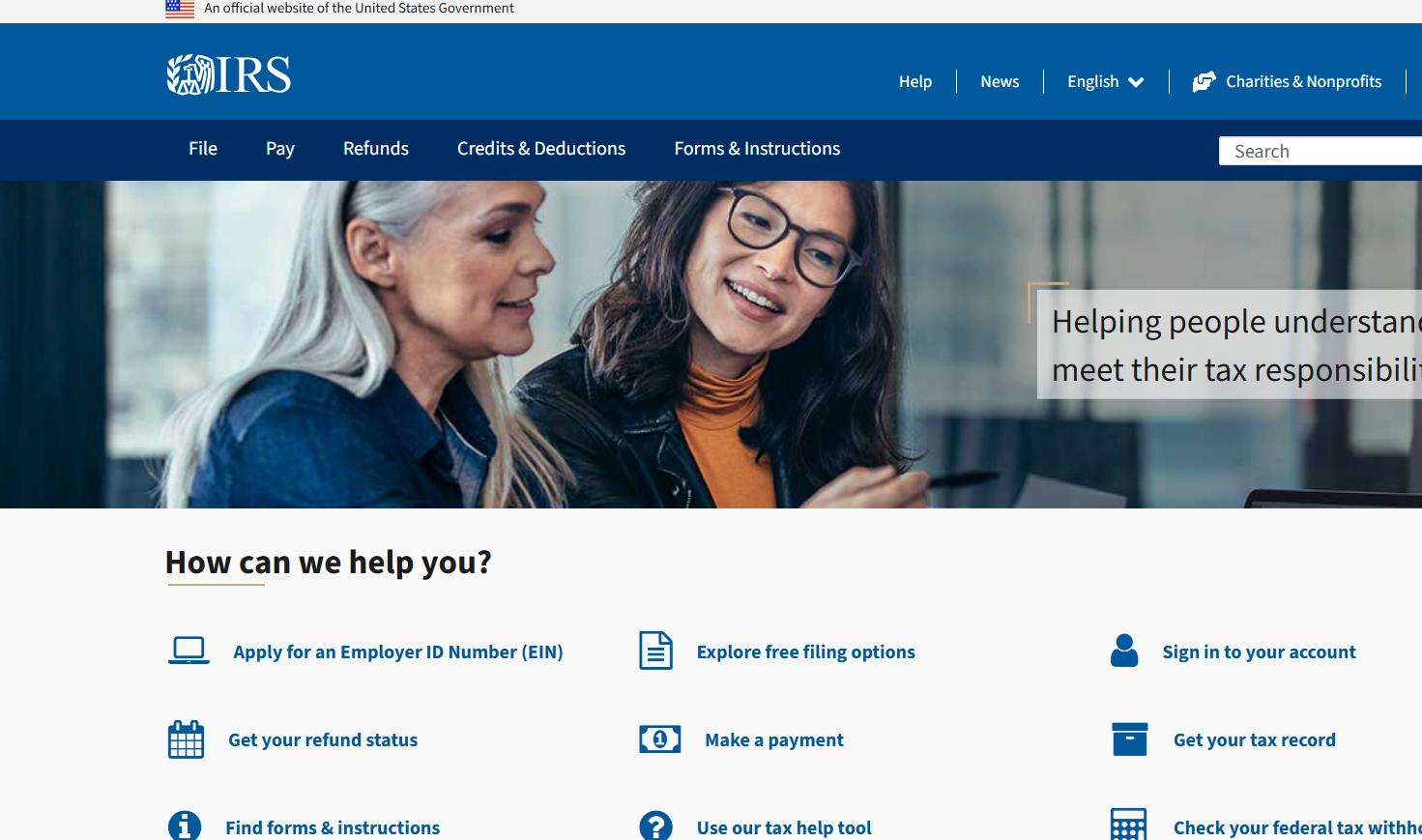90-Day Deferral to Pay in Some Cases – US Treasury Secretary Mnuchin Came So Close to Doing the Right Thing

by Gregory S. Dowell
March 17, 2020
At least we know the US Treasury has finally thought about the burden that COVID-19 has placed on taxpayers and tax preparers, although it’s very puzzling why the Treasury Secretary didn’t go further with relief plans and has willingly continued to put more Americans at risk. During a press briefing on Tuesday, Treasury Secretary Mnuchin indicated that individual taxpayers who owe up to $1 million in federal taxes can defer paying until July 15th. Corporations can defer making payments until then on up to $10 million in federal taxes.
The hole in the plan, to those of us who see the business of tax preparation and tax filing up close and personal, is that the Secretary then stated “all you have to do is file your taxes – you’ll automatically not get charged interest and penalties.” And therein lies the problem that a privileged bureaucrat is surely unlikely to understand. In his mind, filing the tax returns by April 15th should be an uninterrupted process, somehow immune from the threat and unaffected by the corona virus, unlike the operations of other businesses. He does not know or understand that millions of taxpayers file their tax returns by interacting with their enrolled agents, accountants, and CPAs. Many of those are very small businesses and very modest taxpayers who do not interact by the use of portals or Skype or email, but in person – face-to-face and across a desk. Many are elderly who rely on face-to-face interactions with their tax professionals once a year. Many are citizens who are currently, or likely will be, under quarantine and unable to meet with a tax professional.
Why in the world the Treasury would want to put more taxpayers and professionals at risk than necessary is beyond comprehension. Certainly, wealthier business owners, wealthier individuals, and wealthier tax professionals who have access to technology and resources will be able to conduct business during these trying times, albeit with hiccups and interruptions and modifications. Taxpayers and professionals in those categories know how to file extensions and are used to doing so, even in a normal year. This, clearly, is a burden that falls disproportionately on taxpayers and tax preparers who are outside of that wealth box described above. Those the Secretary chose not to help are taxpayers who are more likely to be without a job and without a paycheck as a result of the pandemic.
The correct approach is so simple: Along with suspending ALL federal tax payments, not just of $1 million or $10 million, extend the deadline to file any federal taxes that are due by 90 days. This should have been done by the March 15th deadline for certain entity returns, but that cow has left the barn.
Maybe Secretary Mnuchin will have a keen advisor that alerts him to this injustice, or maybe he will realize it himself in a moment of quiet reflection while he sips his tea from a porcelain cup.










